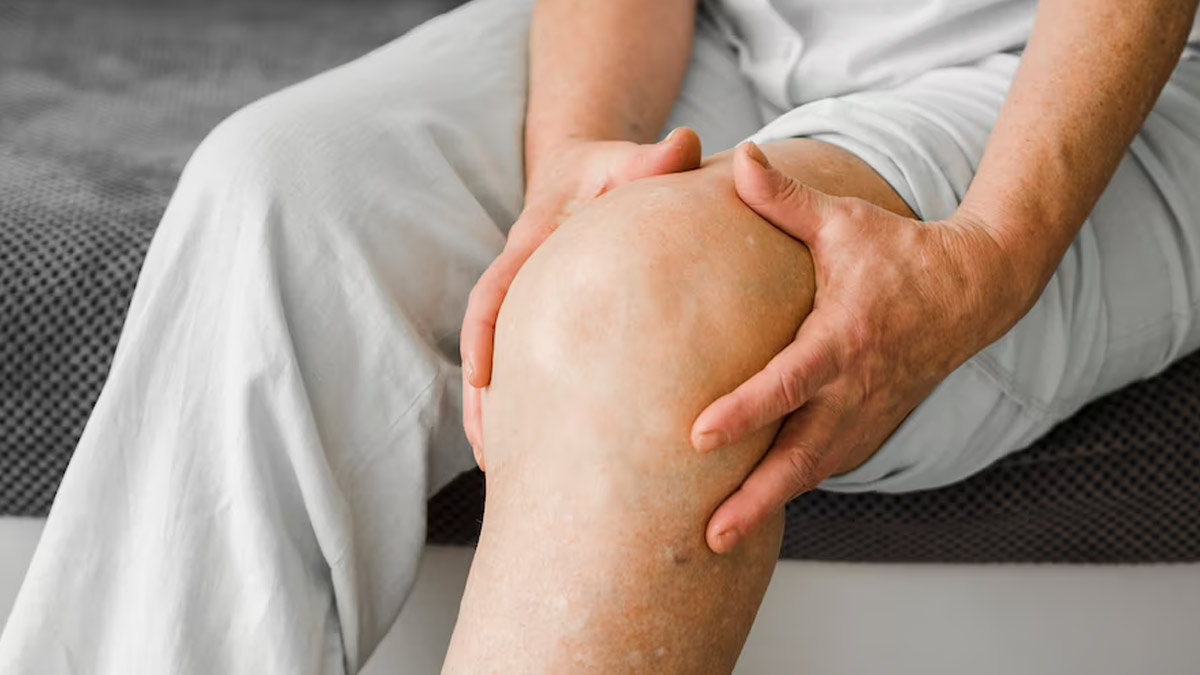
Pain or swelling in the legs could indicate a lot of things. Most of the time, it indicates a wear and tear or overuse of muscles. A more serious cause would be a Peripheral Artery Disease (PAD), which is the narrowing or blockage of the vessels in the legs that carry blood from the heart to the lower extremities of the body, or Deep Vein Thrombosis (DVT), a condition we’re going to look at in detail in this article. In an interaction with the OnlyMyHealth team, Dr Aparna Jaswal, Director-Cardiac Pacing and Electrophysiology, Fortis Escorts Heart Institute, Okhla Road, New Delhi, talks about the symptoms and the common causes of DVT.
Table of Content:-
Also Read: Leg Swelling Could Be A Sign Of Deep Vein Thrombosis: When Should You Be Concerned?
What Is Deep Vein Thrombosis (DVT)? Know Its Symptoms

“DVT occurs when a blood clot forms in one or more of the deep veins, usually the legs,” said Dr Jaswal. consists of the lower limbs, including leg, thigh or pelvis. The most worrying part of the condition is that the blood clots can partially or completely block the blood circulation through the veins, causing several complications. Some of the common symptoms include:
- Pain, swelling, and tenderness in one of your legs
- Warmth in the affected area
- Red skin, particularly at the back of your leg below the knee
In severe cases, urgent medical attention is required, especially if the symptoms are associated with cough, chest pain or breathing difficulties. This is because sometimes, the blood clots can travel to the lung, leading to a Pulmonary Embolism (PE). Most DVTs resolve with no complications. According to research, most-thrombotic syndrome occurs in 43% of patients two years post-DVT. However, the risk of recurrence of DVT is high and death occurs in approximately 6% of DVT cases and 12% of pulmonary embolism cases within one month of diagnosis.
Common Causes Of DVT

Adults above 60 are at the greatest risk of developing DVT, said Dr Jaswal. “Women who are taking birth control pills, pregnant women are also at risk of blood clotting,” he added.
Blood clots usually occur when the blood flow in the veins is slowed down or blocked. Common risk factors of DVT include:
- Leading a sedentary lifestyle, including bed rest or sitting too long without moving
- Family history of blood clots
- Pre-existing medical conditions that may affect blood clots
Other risk factors include
- Older age
- Obesity
- Recent surgery or injury
- Hormone replacement therapy
- Previous blood clot or a family history of blood clots
- Active cancer or recent cancer treatment
- Limited mobility
- Catheter placed in a large vein
- Varicose veins
According to Dr Jaswal, things can become serious because blood clots in the veins can break loose.
Also Read: Signs In Your Legs You Shouldn't Ignore: High cholesterol and Peripheral Artery Disease
Beware Travellers!

Travelling often requires sitting in the same position for long hours. This can increase your chances of developing a DVT, a type of blood clot that forms in a large vein.
According to the US Centers for Disease Control and Prevention (CDC), more than 30 crore people travel on long-distance flights each year. For some, such long distance travelling can be a serious risk factor for DVT.
The CDC recommends moving your legs frequently when on long trips and exercising your calf muscles to improve the flow of blood, adding, "If you’ve been sitting for a long time, take a break to stretch your legs. Extend your legs straight out and flex your ankles (pulling your toes toward you). Some airlines suggest pulling each knee up toward the chest and holding it there with your hands on your lower leg for 15 seconds, and repeat up to 10 times. These types of activities help to improve the flow of blood in your legs."
Also watch this video
How we keep this article up to date:
We work with experts and keep a close eye on the latest in health and wellness. Whenever there is a new research or helpful information, we update our articles with accurate and useful advice.
Current Version